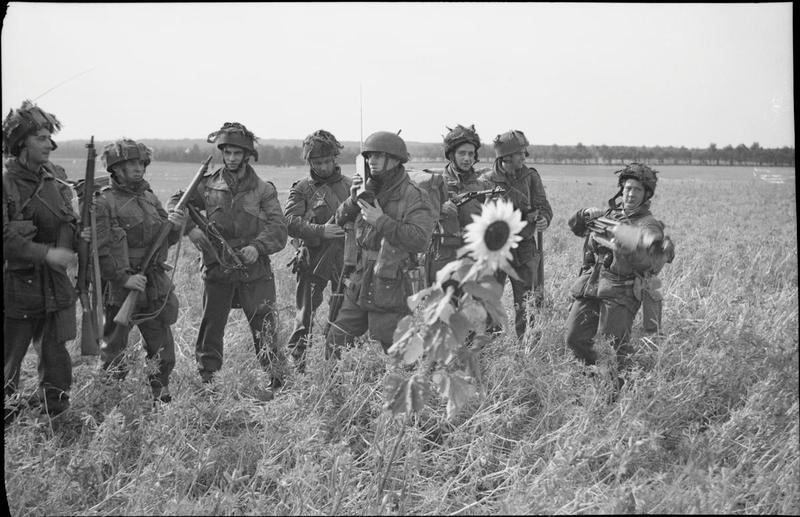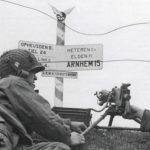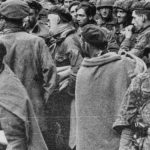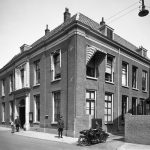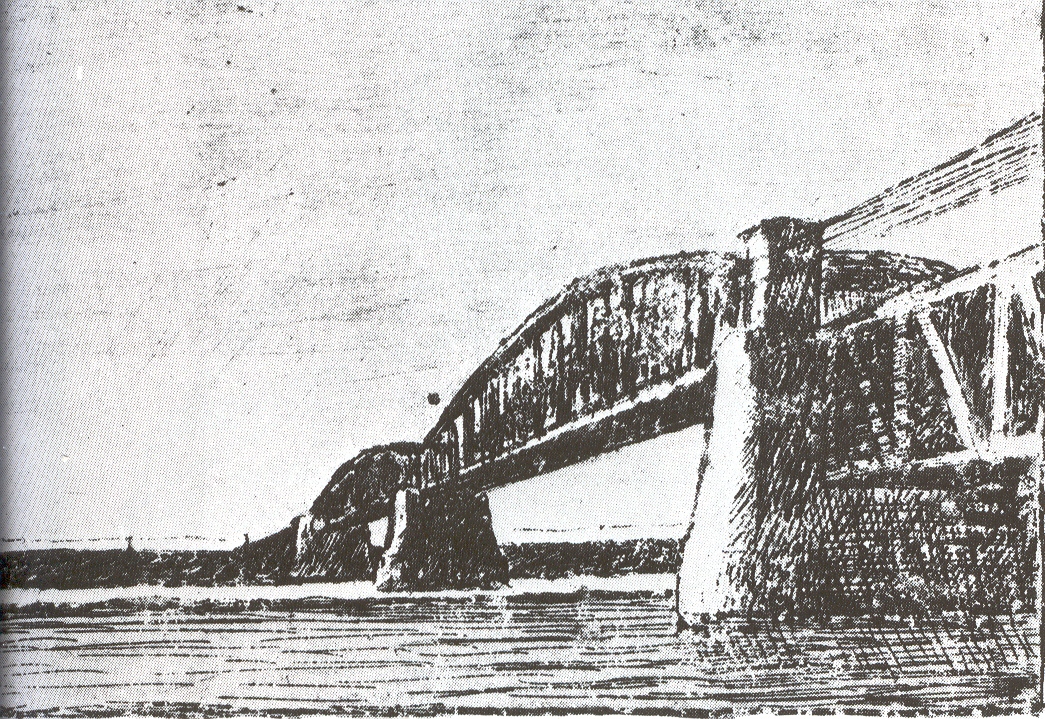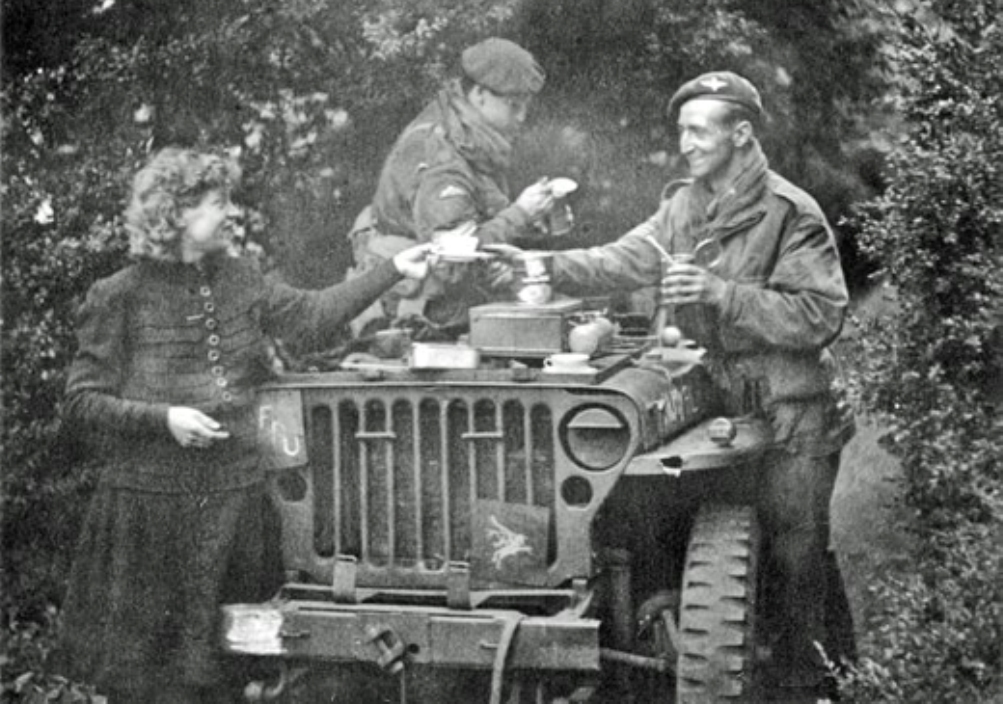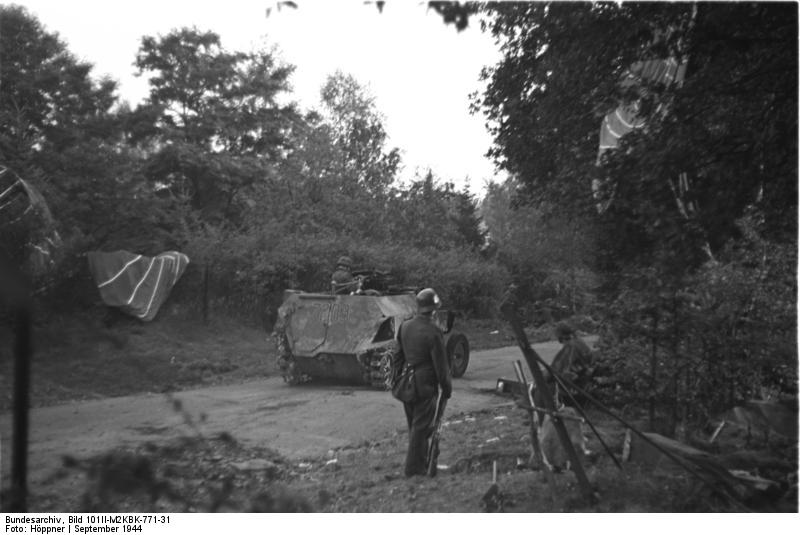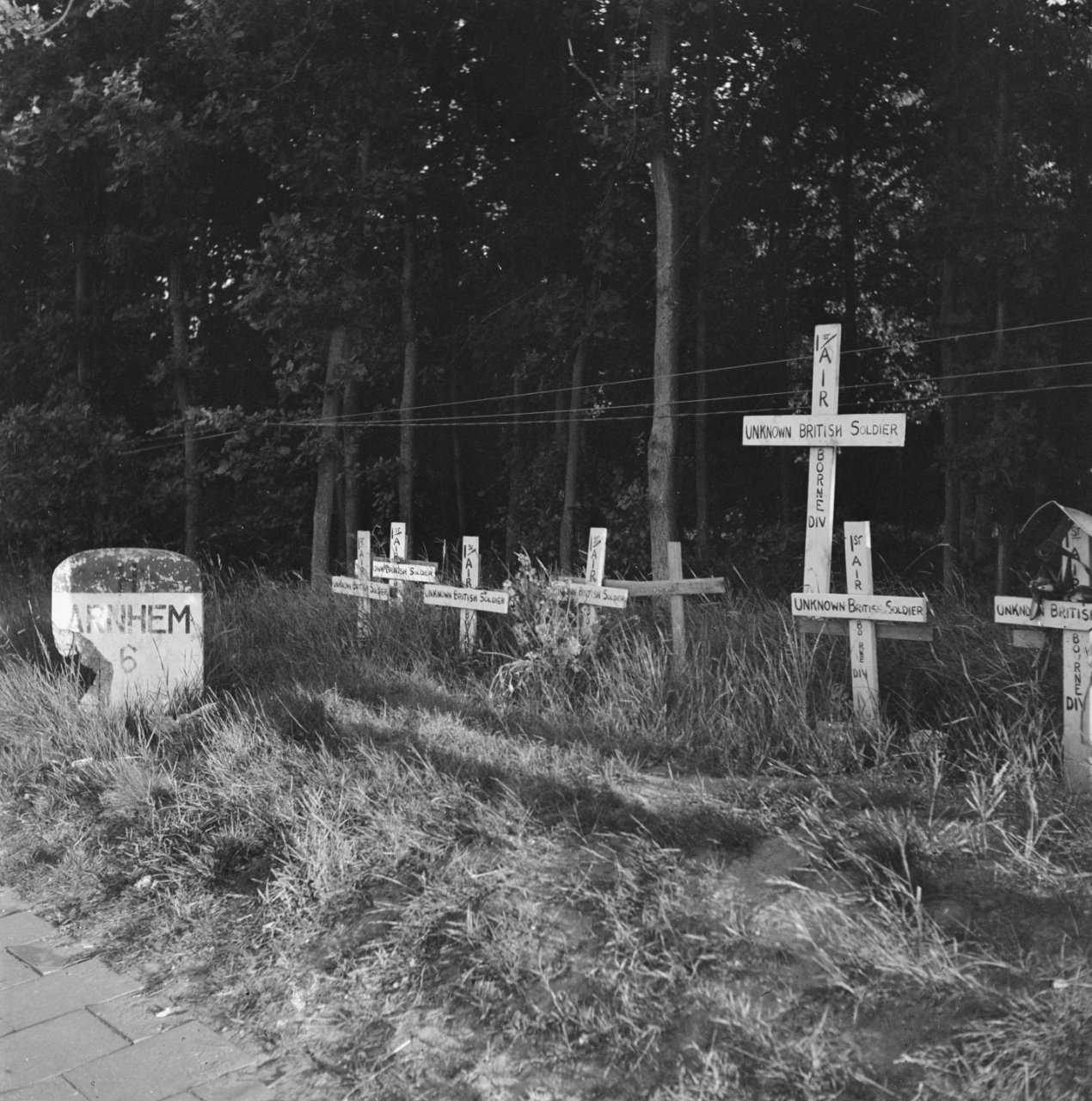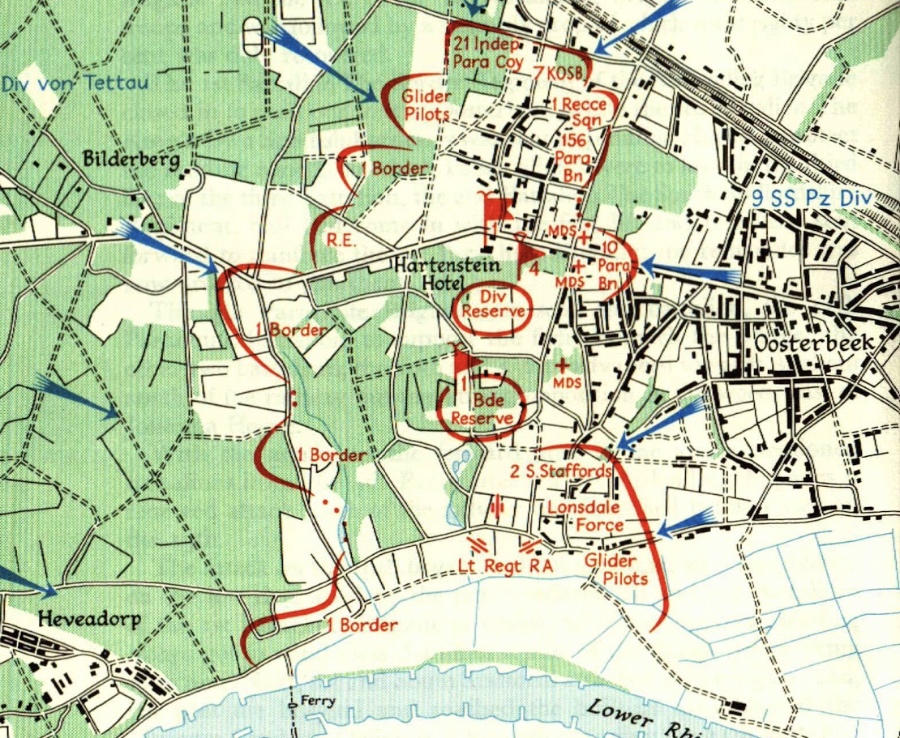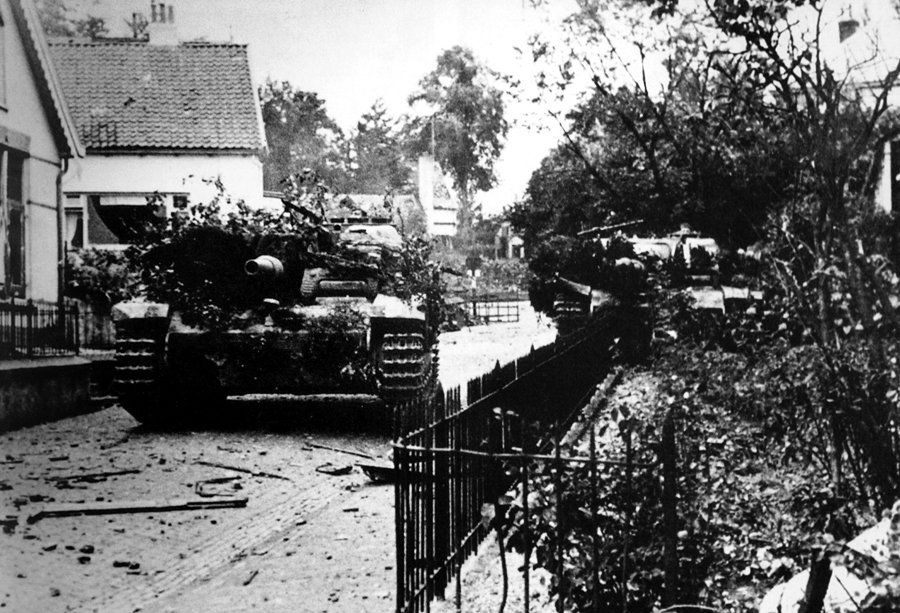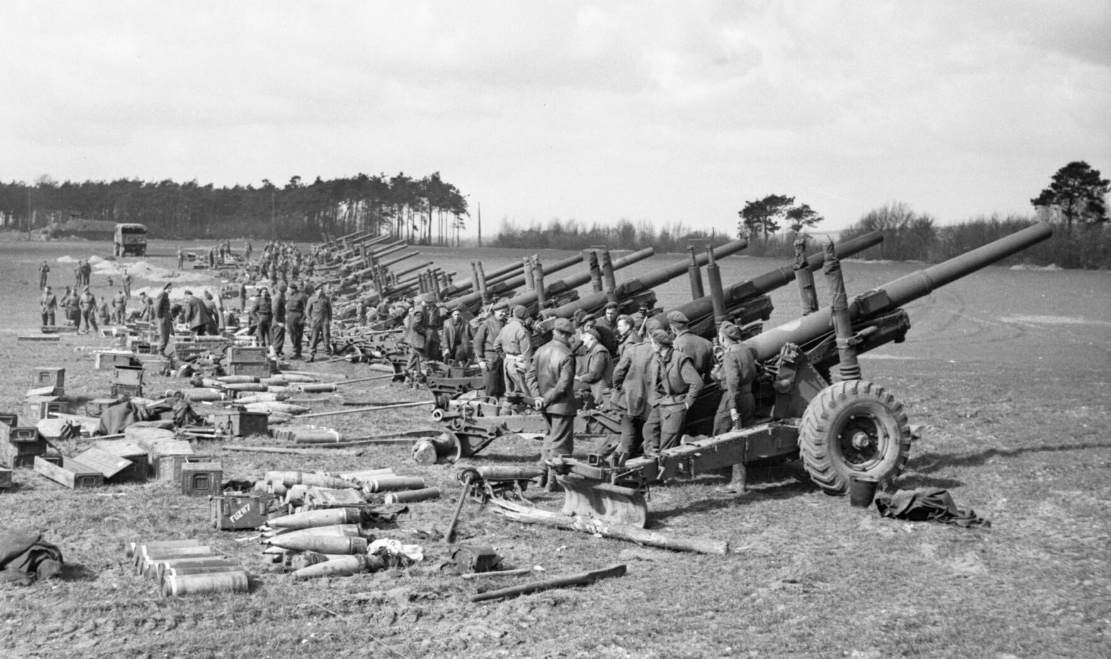Hard blows for the 1st Battalion of the 1st Parachute Brigade
On Sunday, September 17, the first day of Operation Market Garden, a total of 3 battalions of the 1st Parachute Brigade advanced to Arnhem. Only the 2nd Battalion led by John Frost reached the bridge in Arnhem that evening. The 3rd battalion stopped at the Hartenstein hotel in Oosterbeek. The 1st Battalion fought the heaviest…

